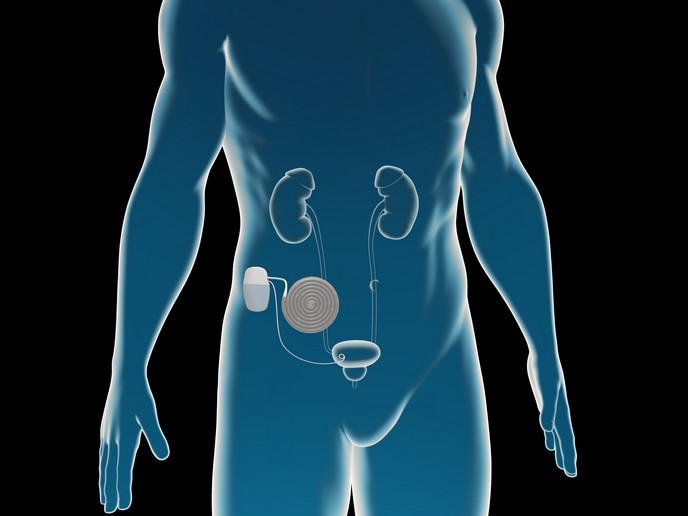Heart failure and gene expression regulation
MicroRNAs (miRNAs) regulate gene expression by promoting messenger RNA (mRNA) degradation or inhibiting mRNA translation. The ROLE OF CARDIAC SOX6 (Deciphering the functions of Sox6 and myosin-encoded microRNAs in heart failure and hypertrophy) project investigated the role of the muscle-specific miRNA target Sox6 in the heart. A group of three miRNAs control pathological cardiac remodelling, muscle myosin content, myofibre identity and muscle performance - they all target a transcriptional repressor, Sox6. The Sox6 gene is implicated in maintaining cardiac structure and function. Together, Sox6 and Sox5 genes are linked to blood pressure or heart rate and electrophysiological features, respectively. Sox5/6 knockout (KO) mice had reduced cardiac function at baseline and were susceptible to cardiac failure after cardiac pressure overload. When the scientists looked at the individual cardiomyocytes (called cardiac muscle cells), they found shortened action potential duration in cardiomyocytes lacking both as well as cells lacking Sox5, only. In vivo, deletion of Sox5 but not of Sox6 resulted in decreased cardiac contractility. ROLE OF CARDIAC SOX6 researchers discovered that between them, Sox6 and Sox5 regulate around 300 genes. The majority of them were upregulated in Sox5/6 KO hearts, which is in line with Sox5 and Sox6 being transcriptional repressors. The scientists found that genes significantly regulated by Sox5 and Sox6 include one that they went on to test in particular, biglycan (Bgn). Bgn-deficient mice developed less cardiac fibrosis on cardiac pressure overload. Results indicate that, apart from being a structural extracellular matrix protein, Bgn is an important signalling molecule during cardiac remodelling. The project results promise to provide new insight into the genetic control of heart disease. Bgn is one of the most promising targets for therapy. Early regulation of Bgn in heart disease may avoid excess fibrosis and result in better cardiac performance in patients with heart disease.







